The Apostle Paul knew the importance of a proper approach. In the Book of Colossians he wrote,
“Be wise in the way you act toward outsiders; make the most of every opportunity. Let your conversation be always full of grace, seasoned with salt, so that you may know how to answer everyone.” (Col. 4:2 NIV bold mine)
Knowing how to answer everyone assumes that there’s no pat answers. In the case of the Christian faith, a proper approach varies per person. Some spiritual seekers need an “answer” to complex philosophical questions; others don’t. Some need to be engaged emotionally; others intellectually. But to do this requires flexibility, as well as a more nuanced approach to traditional apologetics.
In Cultural Apologetics: Renewing the Christian Voice, Conscience, and Imagination in a Disenchanted World, author Paul Gould suggests that knowing how to respond to spiritual seekers involves more than just answering a checklist of objections. Rather, contemporary apologetics demands understanding the cultural zeitgeist.
Using the biblical account of the Apostle Paul preaching to the Athenians on Mars Hill (Acts 17: 16-33), Gould outlines a more “holistic” approach to apologetics, one that involves identifying “a [cultural] starting point for building a bridge to the gospel” (pg. 27) from which to share rational and historical evidences for the Christian faith. Using that template, Gould diagnoses contemporary culture and its lens to the world.
“How does our culture perceive the world? In a word, we are disenchanted. The view of the world presented to us in the Bible is sacred and beautiful, yet our culture treats it as mundane, ordinary, and familiar. As a culture, we are ‘under a spell’ of materialism. We assume concepts like beauty, goodness, and holiness, but they are disassociated from the wonder of receiving them as a gift from our Creator. Belief in God, faith, and religion are an embarrassment. Yet there is universal longing for transcendence, a nostalgia for an enchanted cosmos, something beyond the ordinary and mundane, that will not leave us. Moden culture is obsessed with ‘contraband transcendence” — a kind of spirituality and occultism that is antitheistic and antihumanistic. Moderns insist that everything is matter. At the same time, through their actions, they reveal a deep longing to connect to something beyond the material world.” (pg. 27 italics in original).
Disenchantment is the result of maintaining a commitment to rationalistic materialism while still experiencing a deep instinctual desire for the transcendent.
Knowing this helps the church better craft her approach to culture.
“The missionary work of the church, then, is conceived as a return to enchantment — a reenchantment of reality through the awakening of desires…” (pg. 45)
So how do we “reawaken the desires” of spiritual seekers?
Using disenchantment as the pervasive sentiment shaping cultural expressions, Gould distills “three universal longings” that can serve as the aforementioned “starting points for building bridges to the gospel.” Those three universal longings are:
- Truth
- Goodness
- Beauty
In this way, the goal of the Christian apologist is not simply to make Christianity appear reasonable, but desirable; to address both rational and transcendental longings. By appealing to, by emulating, by sowing Truth, Goodness, and Beauty we seek to re-enchant the dis-enchanted.
“These three universal longings, for truth, for goodness, and beauty, can serve as fitting starting points for a cultural apologetic… These universal human longings cannot be eradicated. Unfortunately, they can be and often are muted and repressed. It’s possible to settle for cheap counterfeits too. This is why God has provided guides within the human soul to help us on our journey. Reason guides us on our quest for truth. The conscience leads us to goodness. And the imagination transports us to beauty” (pg. 29).
Here, Gould introduces us to three “bridges” the evangelist can use to engage the disenchanted — reason, conscience, and imagination.
- The intellectually and existentially disenchanted long for Truth, and Reason is the bridge to re-enchantment.
- The morally disillusioned long for Goodness, and Conscience is the bridge to re-enchantment.
- The emotionally and sensually disillusioned long for Beauty, and Imagination is the bridge to re-enchantment
Cultural aplogetics is holistic in the sense that it engages culture at multiple junctures. Disenchantment is not the result of one thing. Neither should the call to re-enchantment be. Modern man has been shaped by numerous elements and ideas. Science, Philosophy, Political Theory, Art, Fashion, Film, Music… all these things speak, in one form, to our innate desires for Truth, Goodness, and Beauty. Disenchantment is the confluence of many streams. Because of this, the Church’s missional work to re-enchant the spiritually disillusioned should encompass a broad swath of institutions, mediums, and platforms — the academy, the arts, literature, technology, politics. Such institutions are tributaries to the larger cultural river.
Which brings me to one of the reasons why Gould’s “Cultural Apologetics” so fascinated me. Most apologetic approaches fail to integrate Arts and the Imagination as tools for evangelism. Like Holly Ordway’s “Apologetics and the Christian Imagination,” Gould acknowledges the powerful role that the arts play in engaging and shaping culture. Here, he quotes philosopher Roger Scruton:
“Art, as we have known it, stands on the threshold of the transcendental. It points beyond this world of accidental and disconnected things to another realm, in which human life is endowed with an emotional logic that makes suffering noble and love worthwhile. Nobody who is alert to beauty, therefore, is without the concept of redemption–of a final transcendence of moral disorder into a ‘kingdom of ends.'” (pg. 104).
As someone who is both interested in engaging secular culture and using my art to do so, the balance between the two has been tenuous. While some approach story as an opportunity to “preach to the choir,” others abandon all pretense and simply seek to entertain. So it’s refreshing to see Gould put forth a more holistic approach:
“Many, if not all, good stories are good precisely because they point to the one true story of the world: the gospel. In the gospel, as in the very best fairy stories, we find what we long for: a magical world, life eternal, love unbounded, the defeat of evil, and a happy ending. And all good stories point us to Jesus, even if they do so indirectly. We are drawn to some stories over others because we intuit that they reflect reality, that they are somehow connected to another, ongoing story. Fictional stories prepare us to recognize the true story when we see it. They are windows to another world, beckoning for us to look through for the One who offers us joy unending.” (pg. 113)
Knowing how to answer everyone (Col. 4:2) means acknowledging that everyone is different. While some seekers require rigorous intellectual engagement, others might need a kind word or a timely story. Being a good apologist means learning to discern who needs what. However, one factor that binds all of us together is disenchantment. We desire Truth, Goodness, and Beauty but too often settle for empty substitutes. Not only must Christians be re-enchanted by the wonder of God’s creation and grace, we must make it our mission to challenge our disenchanted age at every front. Paul Gould’s Cultural Apologetics: Renewing the Christian Voice, Conscience, and Imagination in a Disenchanted World is helpful tool to that end.

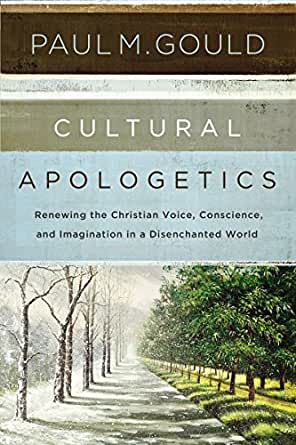

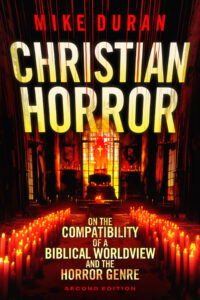
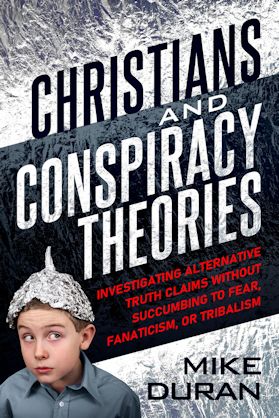
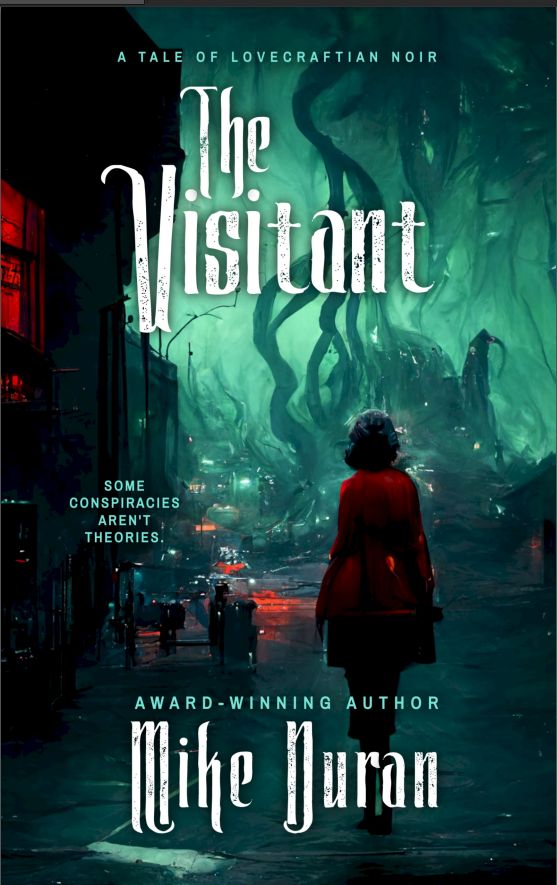

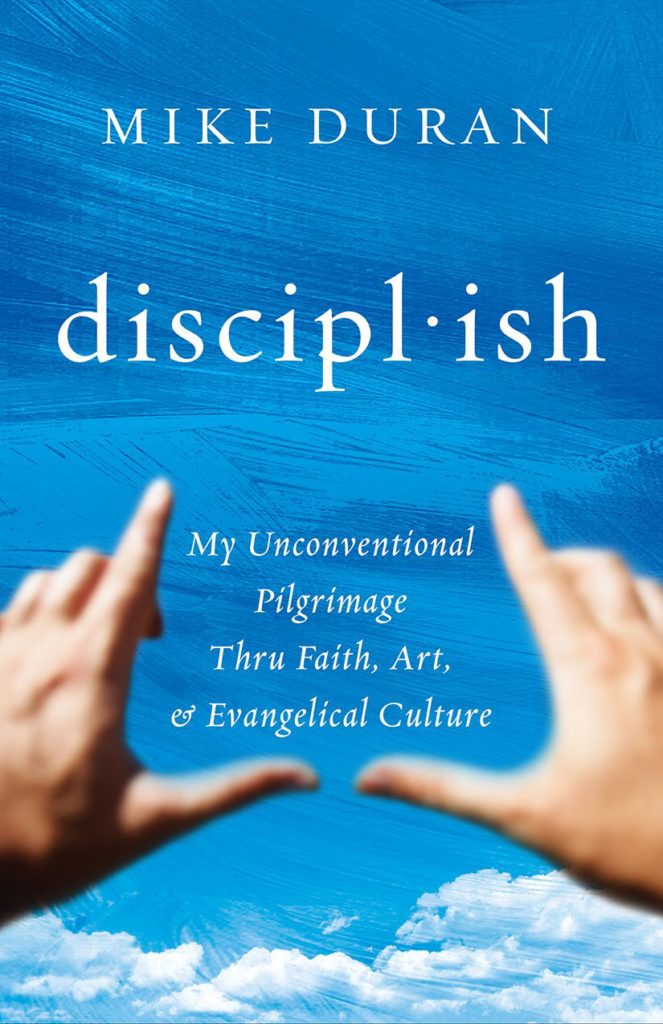
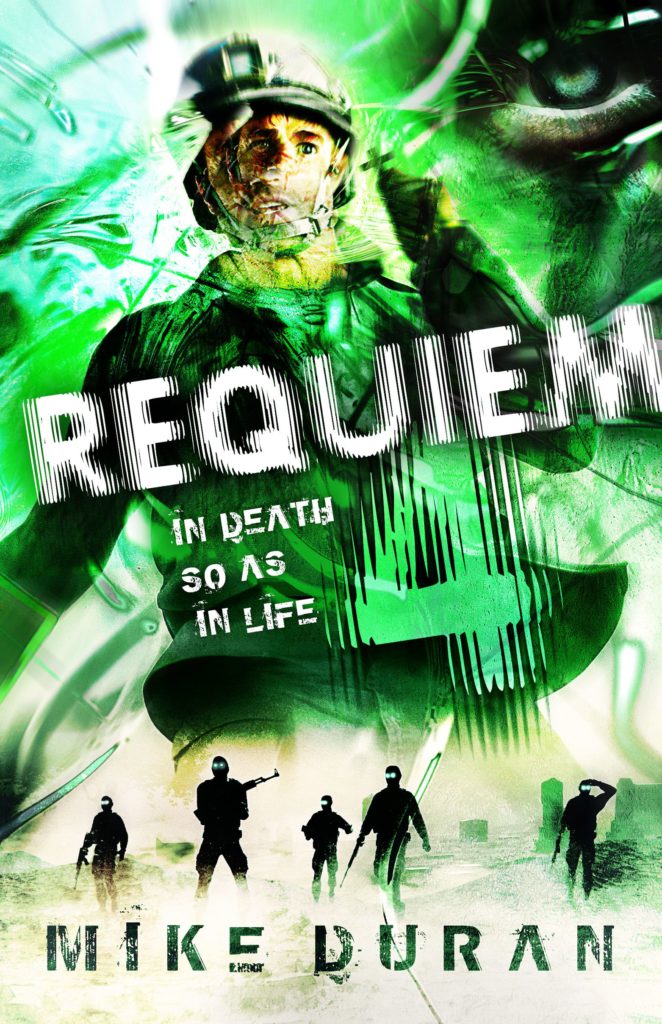





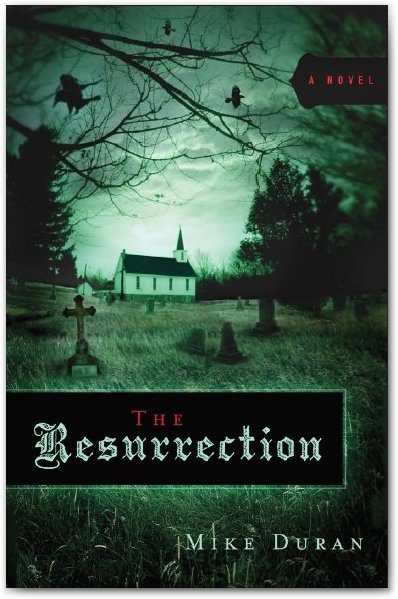
I got this book for my birthday and am enjoying it right now! Glad to see you’ve appreciated it as well.